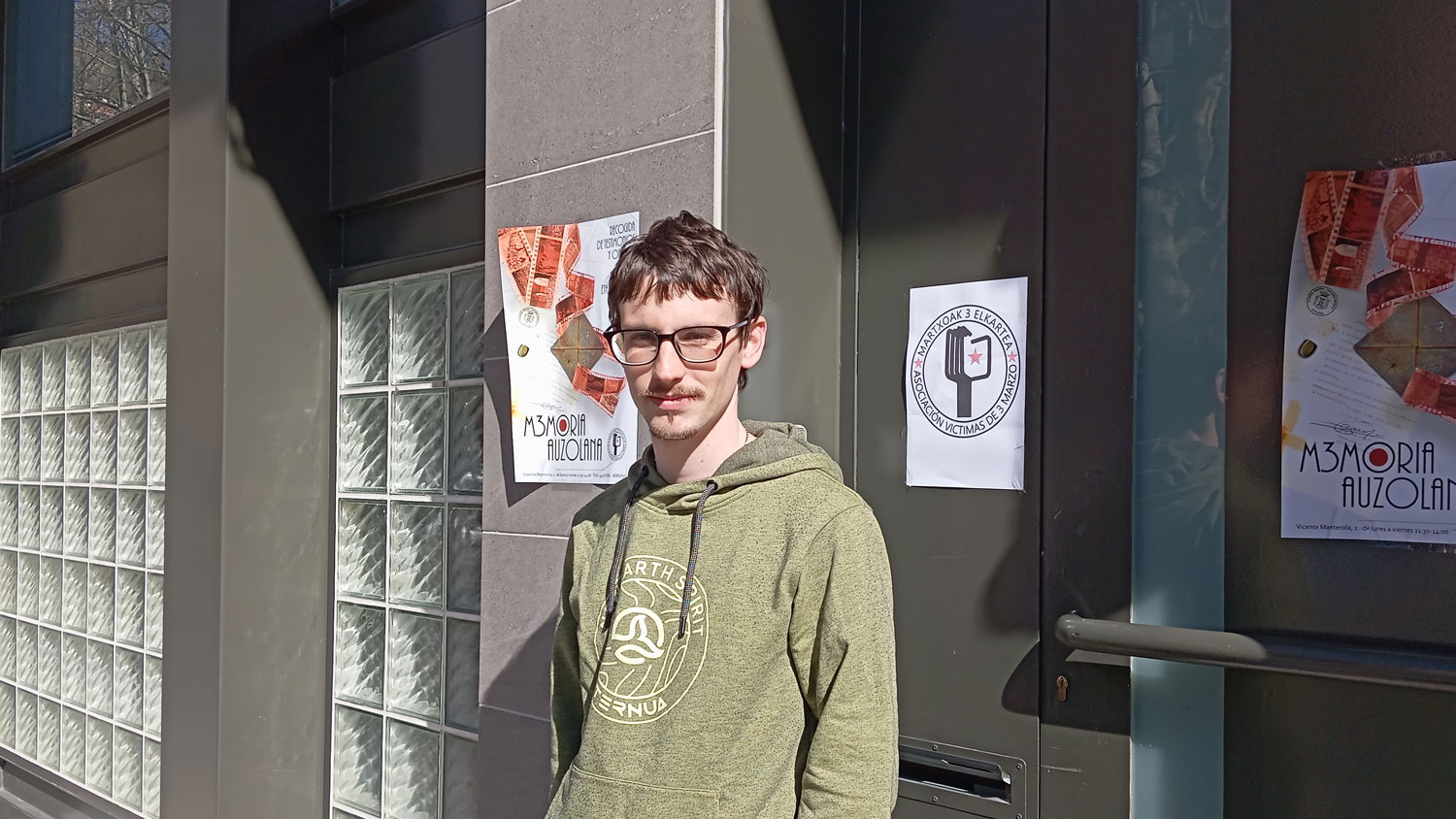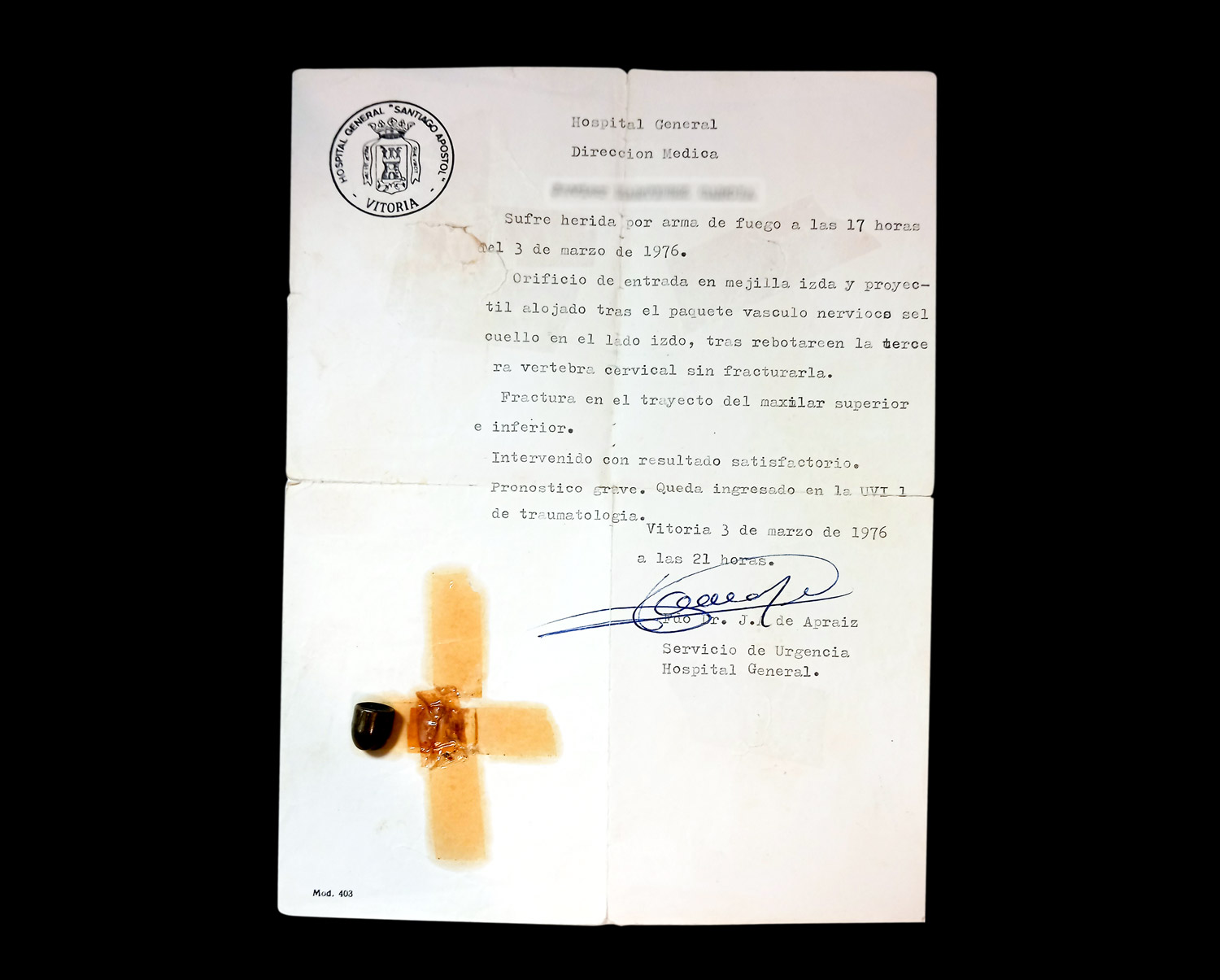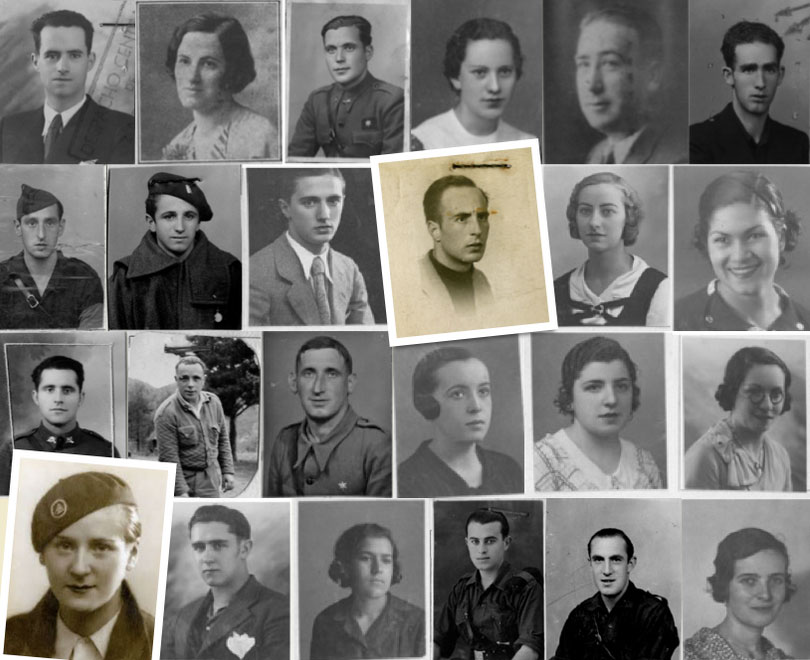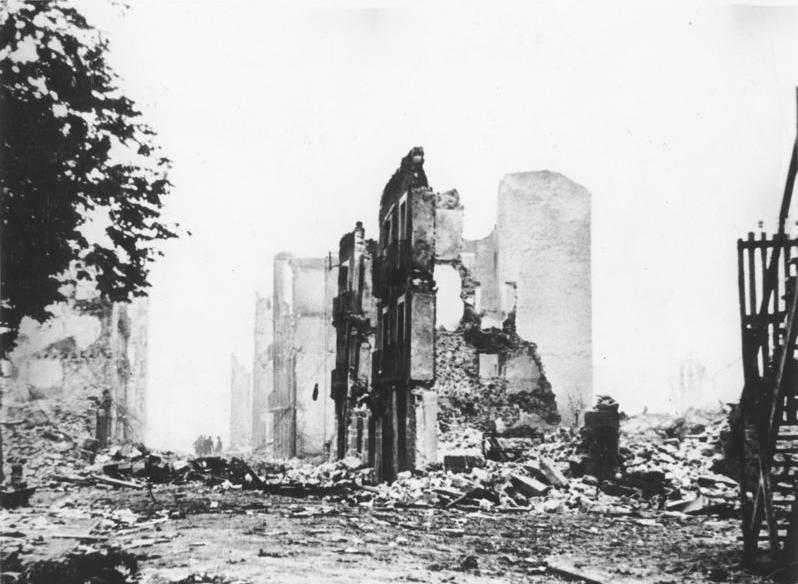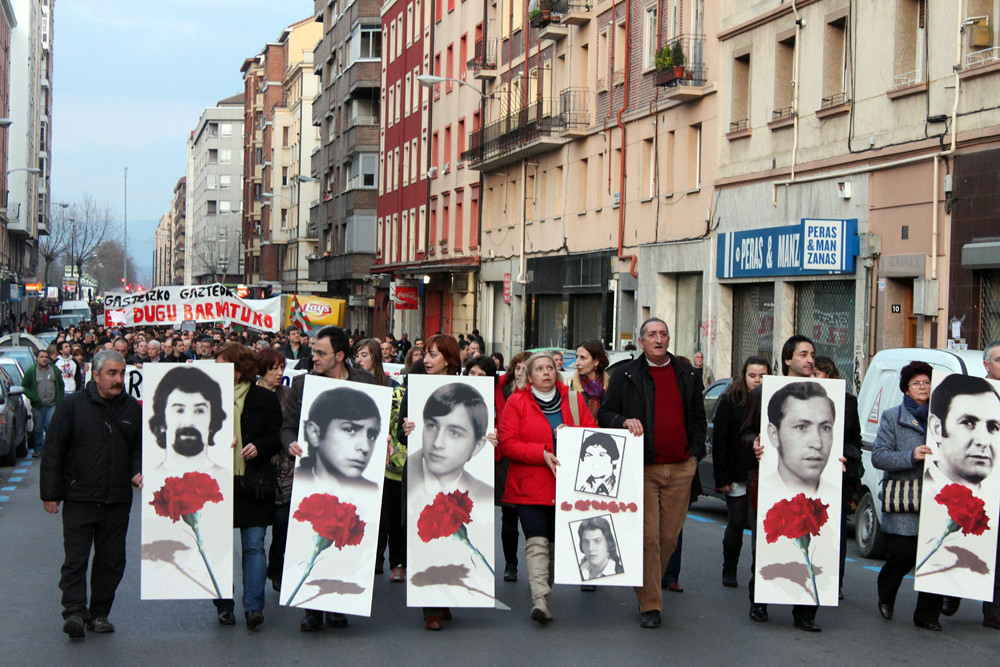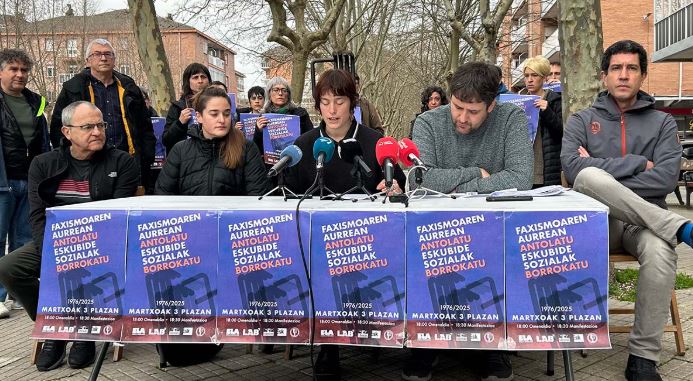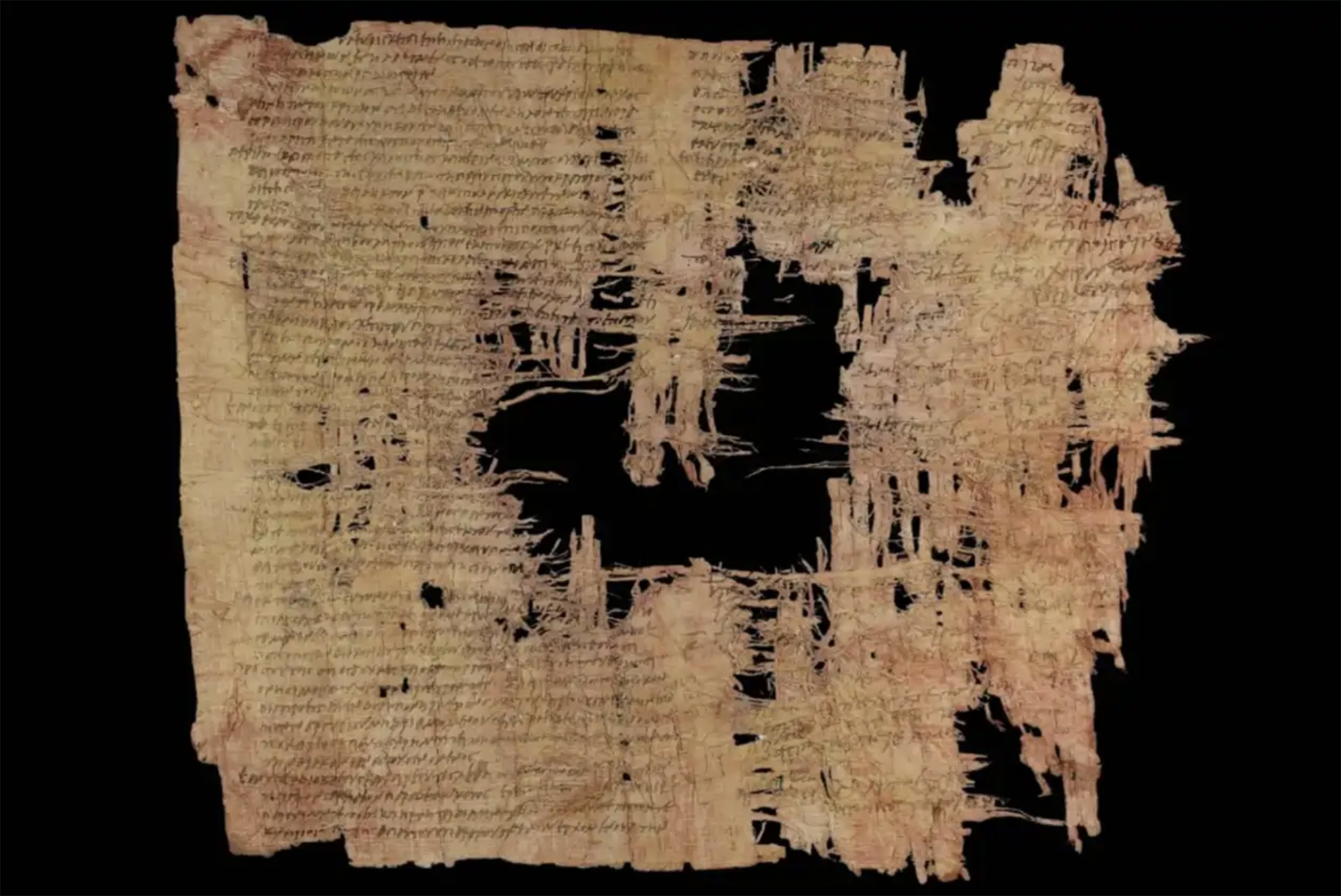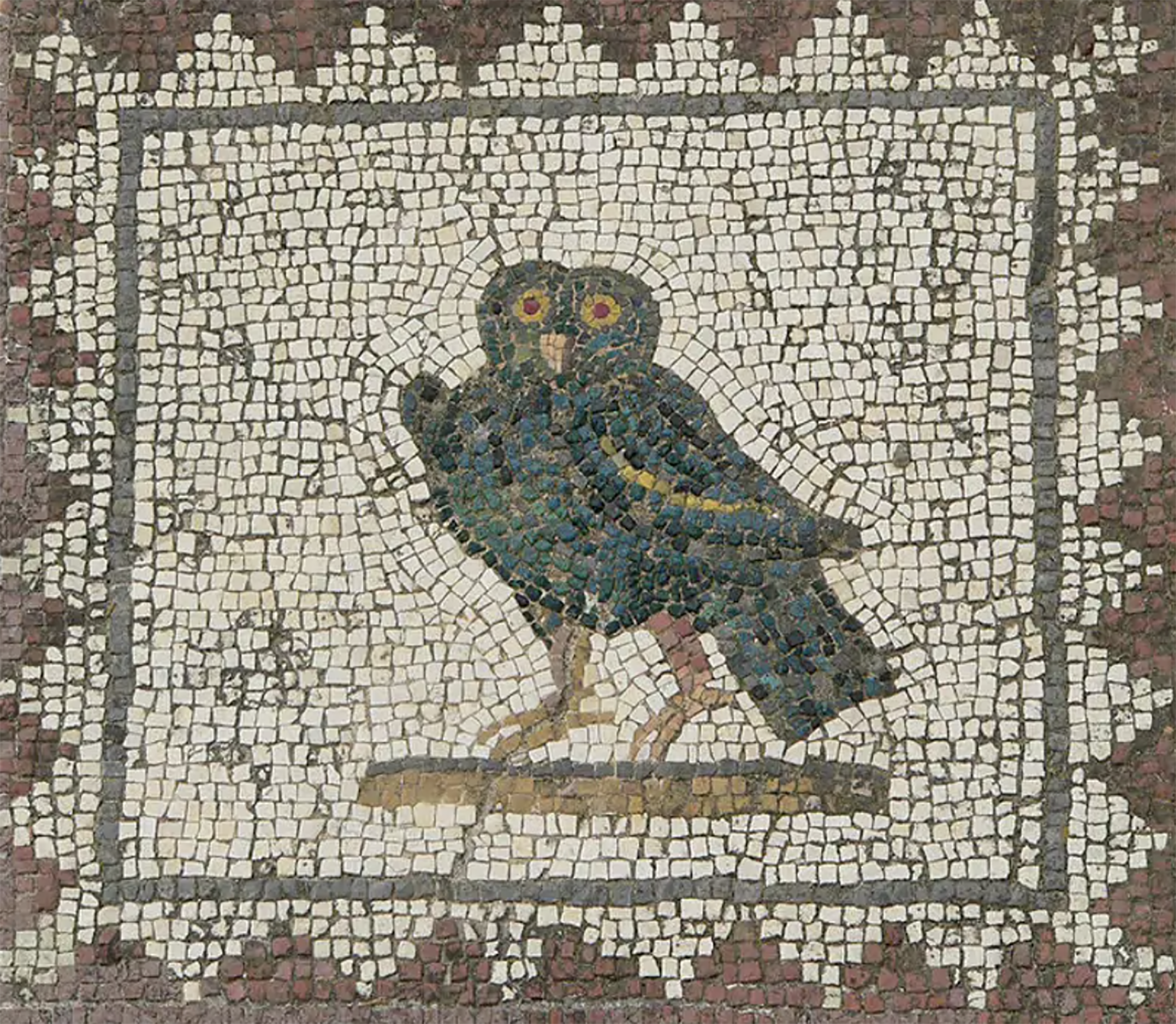Koch, the rear shadow of the smoke
- In the photographic collections given by the relatives of Sigfrido Koch Bengoechea to the Museum of San Telmo in San Sebastián, there are photographs never seen so far. In the dead bodies, in the perfect order of aircraft and missiles, and in the skeletons of calcined buildings, such as those of Durango, Amorebieta or Gernika, one can see the cruel war of 1936.
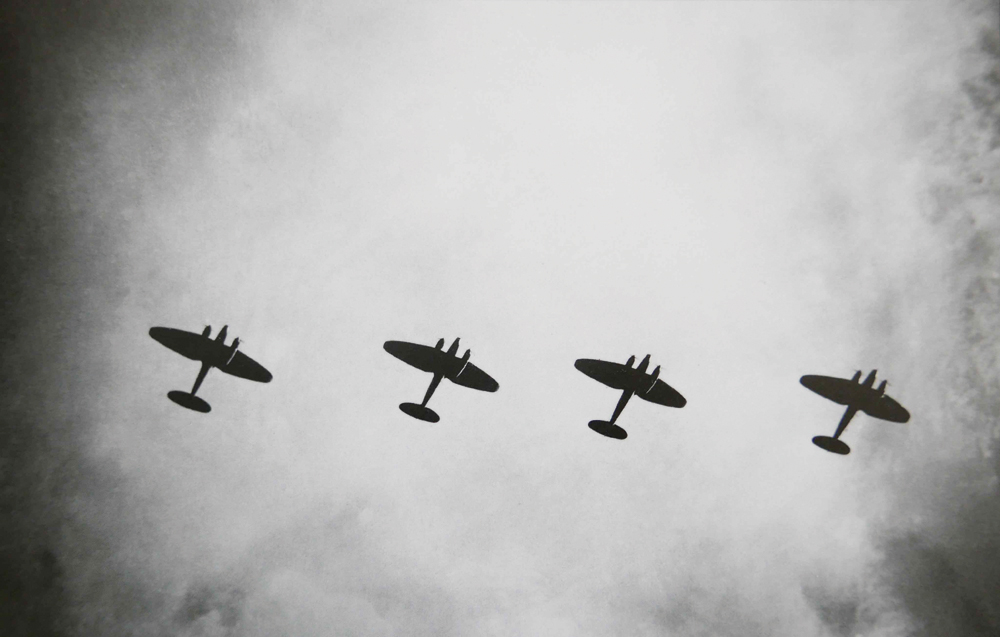
The photographs of the unprecedented civil war are not found every day, they are valuable historical documents that help to understand what happened in the conflict that triggered the fascist coup d'état of 1936. For this reason, a part of the fund donated in 2019 by the family of photographer Sigfrido Koch Bengoechea (1908-1973) to the San Telmo Museum of San Sebastian deserves special attention: 231 images of an album hidden for 80 years, taken from the Franco rearguard in 1937 and 1938.
These unpublished images are now displayed in San Telmo, in the exhibition "Kearen eta lanbroaren artean", opened until May 23. With the help of curators Juantxo Egaña and Lee Fontanella, in addition to these photographs of war, they have hung other contents, such as illustrated magazines of the time or other works of prestigious photographers, to contextualize these images of Koch. The exhibition consists of two well-differentiated parts, one of war and the other of Basque idyllic images of the post-war, in 1948 Basque Country. Guipúzcoa. Published in the book. The difference between the two is evident, the goal is “to see the existing distance between a lost paradise and a recovered paradise”.

War album
On April 29, 1937, Franco arrested Esteban Urkiaga Lauaxeta, a well-known poet and director of Gudari magazine. La Petite was showing Gironde correspondents the destruction left by the bombing a few days earlier in Gernika. Images of the Condor Legion massacre were broadcast in the international press during those days around the world. On June 11, Lauaxeta was shot at the cemetery of Santa Isabel de Vitoria.
In this context, Sigfrido Koch had just returned from Germany, with his family, a German consul and a diplomatic passport that served to extricate himself for some time at the outbreak of the war. In Gernika he picked up fire-burned buildings, in Amorebieta, in Galdakao and in Durango, but on the other side of the war front by the francoists.
He then hid those photos. Why? We don't know, but it's obvious that they were uncomfortable for him. “With these photos you seem to be constantly wondering,” says the museum’s guide at one of the visits scheduled these days.
The sample includes an original obsolete war album, with all the images completely straight, but without a specific chronological and geographic order. In addition to the destroyed villages, there are images of the Iron Belt and the most trampled bodies on the road to Artxanda in Bilbao or in the cemetery of Derio: “The photographer shows us crushed walls of bullets,” Egaña explained in his speech on Koch’s life and work. Sigfrido’s photos are a unique document, all with a unique testimony.”

The photographs of the Italian aviation and the bombs on the front of the Ebro, which in 1938 participated in the exhibition on “arms trapped to the enemy” by the francoists in the Kursaal of San Sebastian, as if with light he intended to catch a modern and futuristic war. In fact, Sigfrido Koch took several photographs of the German and Italian aircraft. What relationship did it have with them? The answer is complex, at least in terms of his biography and that of his family.
“Overnight everything heats up”
The father of Sigfrido Koch, Willy Koch, arrived in San Sebastian at the end of the 19th century from a town in northern Germany and after studying photographic techniques with Benjamin Resines opened his study on the Avenida de las Liberdades in the Guipuzkoan capital. Married to Maria Magdalena Bengoechea, they had four children and became a famous family of photographers. In addition to Sigfrido, his brothers Willy, Carmen and Pablo, his grandchildren and great-grandchildren have travelled this trade.
It follows from the persecution of Francoist troops, often on long-term journeys, with the click and click of the shadow of that back part of the war, although we do not know what motivated it.
On September 13, 1936, when the Requetés Navarros entered San Sebastian, they looted the study of the Kochts, whose family was already exiled in Germany. Sigfrido, married to Iñaxi Arruti and newborn, wrote in those times something similar to everyday life, and although considered “apolitical”, German origin recognizes its commitment: “Today I find myself confused in the political field of play, (…) the world seemed ours and from night to morning everything is over.”
The Koch family was not a Francoist, much less a supporter of the Nazis – its father helped those fleeing repression – but on the other hand its Germaniac was obvious. Thus, loving the Basque and German homelands was the same for the photographer. When they returned to Euskal Herria towards the spring of 1937, Sigfrido is part of the persecution of Francoist troops, often for long days, capturing with one click and one click the shadows of that back part of the war, although we do not know what motivated it. There we will see going up on the German aircraft or portraying General José Varela with his offer.

During World War II, Wehrmacht recruits the three brothers to fight for the Nazis on the east front and Italy. Fleeing from the front, stopping, fleeing again… They end up in Baiona, hidden in the house of a member of the resistance, and when they return from the war, the three sleep with a gun under the mattress, fearing retaliation: “These weapons ended in the Urumea River in the mid-1970s,” says Egaña.

Sigfrido was not a war photographer, we cannot place Robert Cappa at the height of a photographer. His photos are cold, perhaps “raw”, as Lee Fontanella writes in the exhibition catalog, but they were not created to demolish the wall of lies of what happened in Gernika, for this purpose the chronicles of journalist George Steer or Herbert R. We have works by the historian Southworth. “I believe – Fontanella continues – that Sigfrido Koch Bengoechea, through his work, was establishing a certain order in chaos, but I do not know if the facts themselves seemed irrational, although he regretted the existence of a war.”
This exhibition therefore offers us a different view of the photographer and suggests a more personal function of the photographs of war, perhaps liberating, to reflect the later shadow of the smoke.
Martxoak 3ko sarraskiaren 49. urteurrena beteko da astelehenean. Grebetan eta asanblada irekietan oinarritutako hilabetetako borroka gero eta eraginkorragoa zenez, odoletan itotzea erabaki zuten garaiko botereek, Trantsizioaren hastapenetan. Martxoak 3 elkartea orduan... [+]
1976ko martxoaren 3an, Gasteizen, Poliziak ehunka tiro egin zituen asanbladan bildutako jendetzaren aurka, zabalduz eta erradikalizatuz zihoan greba mugimendua odoletan ito nahian. Bost langile hil zituzten, baina “egun hartan hildakoak gehiago ez izatea ia miraria... [+]
Memoria eta Bizikidetzako, Kanpo Ekintzako eta Euskarako Departamentuko Memoriaren Nafarroako Institutuak "Maistrak eta maisu errepresaliatuak Nafarroan (1936-1976)" hezkuntza-webgunea aurkeztu du.
Urruña, 1750eko martxoaren 1a. Herriko hainbat emakumek kaleak hartu zituzten Frantziako Gobernuak ezarritako tabakoaren gaineko zergaren aurka protesta egiteko. Gobernuak matxinada itzaltzeko armada bidaltzea erabaki zuen, zehazki, Arloneko destakamentu bat. Militarrek... [+]
Ezpatak, labanak, kaskoak, fusilak, pistolak, kanoiak, munizioak, lehergailuak, uniformeak, armadurak, ezkutuak, babesak, zaldunak, hegazkinak eta tankeak. Han eta hemen, bada jende klase bat historia militarrarekin liluratuta dagoena. Gehien-gehienak, historia-zaleak izaten... [+]
Martxoaren 3ko Memoriala hornitzeko erabiliko dira bildutako objektuak. Ekimena ahalik eta jende gehienarengana iristeko asmoz, jardunaldiak antolatuko ditu Martxoak 3 elkarteak Gasteizko auzoetan.
In the Maszycka cave in Poland, remains of 18,000 years ago were found at the end of the 19th century. But recently, human bones have been studied using new technologies and found clear signs of cannibalism.
This is not the first time that a study has reached this conclusion,... [+]
Porzheim, Germany, February 23, 1945. About eight o’clock in the evening, Allied planes began bombing the city with incendiary bombs. The attack caused a terrible massacre in a short time. But what happened in Pforzheim was overshadowed by the Allied bombing of Dresden a few... [+]
Judea, 2nd century AD. In the turbulent atmosphere of the Roman province, a trial was held against Gaddaliah and Saul, accused of fraud and tax evasion. The trial was reported on a 133-line paper in Greek (pictured). Thinking that it was a Nabataean document, the papyrus was... [+]
Poloniar ikerlari talde batek Sevillako Italica aztarnategiko Txorien Etxea aztertu du, eta eraikinaren zoruko mosaikoak erromatar garaiko hegazti-bilduma xeheena dela ondorioztatu du.
Txorien etxean 33 hegazti daude mosaikoetan xehetasun handiz irudikatuta. Beste... [+]











